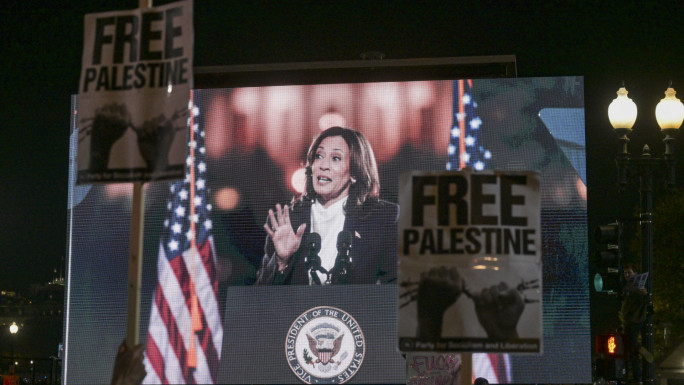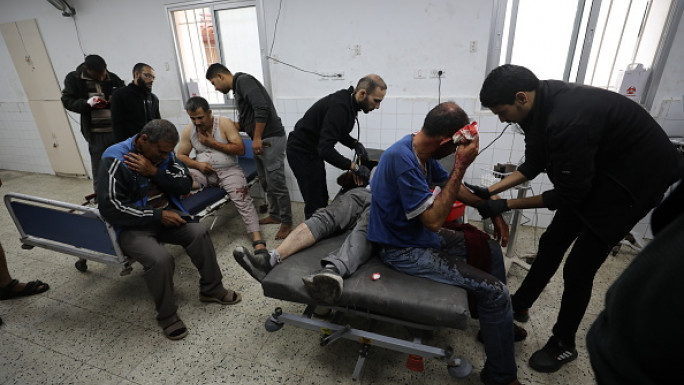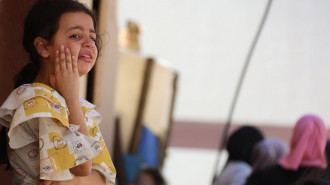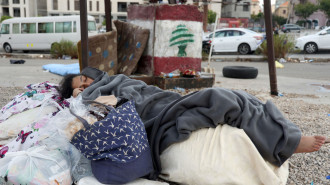
Saudi authorities restrict 2021 Umrah pilgrimage in COVID caution

As the annual five-day window for the performance of the pilgrimage to Mecca known as the Hajj approaches, authorities in Saudi Arabia are once again wrestling with how to navigate an influx of foreigners in the middle of a pandemic.
The kingdom announced on June 12 that it would block overseas travellers from participating in the pilgrimage for the second year in a row, limiting attendees to 60,000 Muslims living in Saudi Arabia. That news, in turn, followed reports of Saudi officials’ growing concern at the spread of COVID-19 variants.
Amid the mounting challenges for the Hajj, the impact of the pandemic on the Umrah, another type of pilgrimage to Mecca little known among non-Muslims, has received far less attention.
During the past year’s performance of the Hajj, which straddled late July and early August, the authorities only allowed 1,000 Muslims already resident in Saudi Arabia to participate, compared to the 2.5 million pilgrims who undertook the Hajj in 2019
The lack of coverage stems in part from Umrah’s lower significance in the Islamic hierarchy. With a few exceptions, Muslims must undertake the Hajj at least once in their lifetimes – whether they live in Mecca or on the other side of the world –because of its status as one of the Five Pillars of Islam.
The Umrah, on the other hand, functions as an optional pilgrimage. Muslims may participate in Umrah at any time of year, in contrast to Hajj, which pilgrims may only perform once a year during a five- or six-day period determined by the Islamic calendar.
Given that Saudi authorities know the dates of Hajj well in advance, they have plenty of time to take precautions that will minimize the spread of COVID, such as ensuring an ample supply of face masks and COVID tests, finding ways to guarantee social distancing, and checking whether pilgrims have received their full regimen of vaccines. The year-round nature of Umrah, however, means that Saudi officials have to stay on their toes.
|
Saudi Arabia has taken a cautious approach to reopen its borders to pilgrims in the time since March 2020, when the kingdom cancelled all international flights. During the past year’s performance of Hajj, which straddled late July and early August, the authorities only allowed 1,000 Muslims already resident in Saudi Arabia to participate, compared to the 2.5 million pilgrims who undertook Hajj in 2019. The kingdom cleared Saudi citizens and residents to perform the Umrah in October, then extended permission to overseas travellers in November.
With the use of vaccines increasing in the Muslim world, Saudi Arabia’s administration of Umrah could become more complicated. On April 5, the Saudi Press Agency, the kingdom’s official news agency, quoted an unnamed official in the Saudi Ministry of Hajj and Umrah as saying that, starting April 13, Saudi Arabia would only issue Umrah permits to “immunised persons”: Muslims who had received at least one dose of a vaccine or recovered from COVID.
The prioritisation of inoculated pilgrims threatens to widen the gap in the Muslim world between wealthy countries that have accumulated vaccines and poorer nations that are scrambling to acquire doses. According to Our World in Data, Bahrain had administered over 114 doses of vaccines per 100 residents as of June 12.
Egypt, the Arab world’s most populous country, had only provided at least one dose of a vaccine to 2.8 percent of its population in the same timeframe, precluding the vast majority of Egyptians from undertaking the Umrah.
With the use of vaccines increasing in the Muslim world, Saudi Arabia’s administration of Umrah could become more complicated
The obstacles to unvaccinated pilgrims are growing clearer by the day. Indonesia, which had distributed just 12 vaccines per 100 residents as of June 12, announced on June 3 that it was forbidding Indonesians from participating in Hajj this year.
As the largest Muslim-majority country in the world, Indonesia accounted for a significant portion of pilgrims to Mecca in years past. Between August and December 2019, 400,000 Indonesians performed the Umrah.
Saudi Arabia has a long way to go if it still aims to achieve its pre-COVID goals for pilgrimages. In 2018, the Saudi Ministry of Umrah and Hajj said that it hoped to attract 30 million pilgrims to the kingdom in 2030, a vision far removed from 2020’s epidemic of sudden travel bans: fewer than 800,000 pilgrims performed the Umrah between early October and early November.
In a more promising sign, Mecca has hardly struggled to entice pilgrims to Umrah in 2021 despite the ongoing risks of travel. Citing the Saudi Ministry of Umrah and Hajj, Asharq al-Awsat reported that 5.1 million Muslims ventured to Mecca for Umrah during Ramadan, which lasted from mid-April to mid-May this year. While the report failed to clarify how many of the pilgrims came from abroad, it did signal their eagerness for the Umrah’s full-scale return.
Whatever the future holds for Umrah, Saudi Arabia’s careful handling of the pilgrimage appears to have inspired confidence in those foreign Muslims who can fly to the kingdom.
“I had avoided travel to minimise unnecessary exposure to the new coronavirus, Sars-Cov-2,” the pathologist and Umrah pilgrim Ahmed Kalebi wrote in the Pakistani newspaper Dawn. “But information on stringent rules to ensure the safety of pilgrims in Makkah encouraged me to go.”




 Follow the Middle East's top stories in English at The New Arab on Google News
Follow the Middle East's top stories in English at The New Arab on Google News


